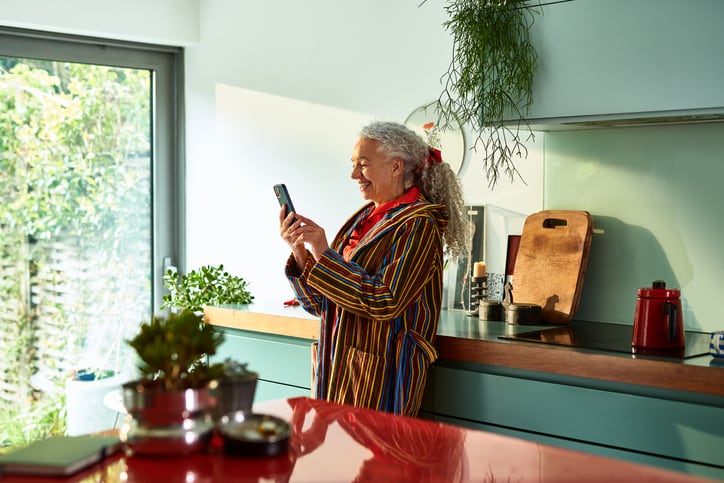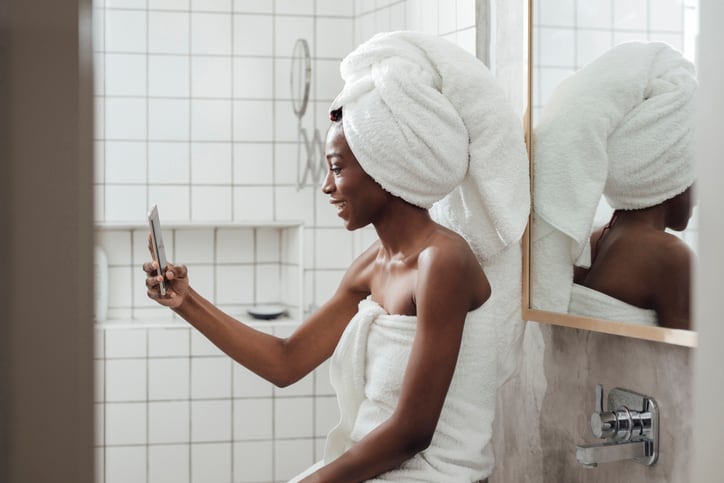In November last year, cosmetics major Lush announced the closure of its global social media accounts across Instagram, Facebook, TikTok and Snapchat, stating they would remain closed until the platforms provided a safer environment for users. Lush said it would maintain presence on Twitter, YouTube and Pinterest and detailed it was looking into “new ways to connect” with consumers, building up “better communication channels elsewhere”.
So, what exactly would that new online communication look like as we head into 2022? And how might other beauty brands need to think about changing consumer interaction? CosmeticsDesign-Europe spoke with David Parry-Jones, senior vice president for EMEA at cloud communications platform Twilio, to find out.
Fresh beauty comms – think thoughtful, personalised, flexible and tailored
“New communication channels ultimately need to come back to what your customers’ preferences are,” Parry-Jones said. “This can vary by business, depending on things like your target demographic. For younger people, it might be WhatsApp, while for older generations it could be that phone calls or emails are still the favourite.”
For Lush, he said it would be important the company provided “thoughtful and personalised communication” irrespective of the channels it decided to use – a strategy that would always appeal to consumers, particularly when “flexible and tailored towards individual needs”.
Certain consumers, for example, might not always feel like picking up the phone or going into the shop with a question, he said, and so email, text or chat could be important alternatives here. “…Tools like chat and in-app communications have really shown their value in the past year, even for those customers who might previously have preferred to speak to businesses in-person.”
But it was important tech investments were made when beauty businesses wanted to diversify communication channels, Parry-Jones said. For it example, it would be vital to work with flexible APIs [Application Programming Interfaces] that enabled different communication tools to be woven into an overarching customer engagement strategy with “relative ease”. It would also be key that consumers could “pick up conversations where they left off” across any channel, to ensure a smoother and more efficient customer service journey, he said.
Beauty must embrace the power of first-party data
Importantly, Lush’s decision to focus on driving “alternative ways to connect with its community” indicated a much bigger movement towards more thoughtful and personalised engagement from brands, Parry-Jones said – not just in retail, but across almost every industry.
According to Twilio’s State of Customer Engagement report, 93% of UK business leaders in 2020 said they planned to add an average of 3.5 new engagement channels in the coming year. And within this, Parry-Jones said video, particularly live video, was an “emerging trend”.
The desire to expand communication channels, he said, was partly due to consumer expectations for more “flexible and bespoke” interactions with businesses in “convenient ways”. But it also tied in to the “huge acceleration” seen in digital touchpoints between businesses, brands and consumers, he said.
“Businesses large and small, including those in the beauty industry, need to realise and capitalise on the value of the first-party data this generates. All sectors can benefit from consensually using first-party data the way that Amazon, Netflix and Spotify use it to surprise and delight their customers.
“Those who win at customer engagement in the future will be those who make use of the first-party data coming from all of these interactions to create truly personalised experiences that are reflective of their customers’ needs,” Parry-Jones said.




